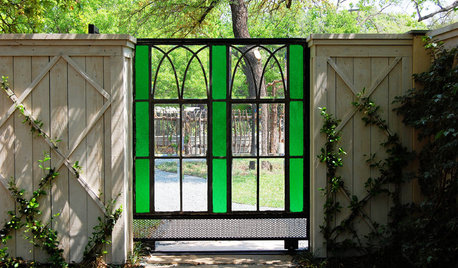can i grow a cashew tree in texas?
texasnewgardener
15 years ago
Featured Answer
Sort by:Oldest
Comments (15)
john_bonzo
15 years agotexasnewgardener
15 years agoRelated Professionals
Tempe Landscape Architects & Landscape Designers · Davis Landscape Contractors · Duarte Landscape Contractors · Fort Payne Landscape Contractors · Fort Wayne Landscape Contractors · Longview Landscape Contractors · Manhattan Landscape Contractors · New Cassel Landscape Contractors · Oviedo Landscape Contractors · Pompano Beach Landscape Contractors · Shaker Heights Landscape Contractors · South Lake Tahoe Landscape Contractors · Webster Groves Landscape Contractors · Yukon Landscape Contractors · West Palm Beach Swimming Pool Buildersjohn_bonzo
15 years agotexasnewgardener
15 years agobeachplant
15 years agogardendee
15 years agocaptainde2
15 years agoberto
15 years agotexasnewgardener
15 years agoberto
15 years agotexasnewgardener
15 years agokwaterhouse_marykay_com
12 years agobahia
12 years agoSoTX
12 years ago
Related Stories

SALVAGEReinvent It: An Eclectic Texas Garden Grows From Creative Salvaging
Teardown pieces and upcycled finds turn a next-door lot into a garden brimming with vegetables and originality
Full Story
EDIBLE GARDENSHow to Grow 10 Favorite Fruit Trees at Home
Plant a mini orchard in fall, winter or early spring to enjoy fresh-off-the-tree fruit the following year
Full Story
GARDENING GUIDESGrow Your Own Privacy: How to Screen With Plants and Trees
Use living walls to lower your home and garden's exposure while boosting natural beauty in your landscape
Full Story
GARDENING GUIDESYes, You Can Grow an Edible Garden on a Hot, Dry Site
Difficult garden spots don’t need to deter you from planting trees, herbs and other delicious food plants
Full Story
GARDENING GUIDESYes, You Can Grow Food in a Shady Yard
Your shady garden doesn’t have to be forever barren. Berries, herbs and other shade-loving plants can produce a delicious bounty
Full Story
FRUIT TREESHow to Grow Your Own Persimmons
Sturdy and easy to care for, these trees offer bright fruit through winter — and keeping them in bounds is no sweat
Full Story
EDIBLE GARDENSWhy Grow Quince? For Beauty, Fragrance and Old-Time Flavor
Delightfully perfumed fruit and lovely spring blossoms make this apple and pear cousin worth a spot in the garden
Full Story
FALL GARDENING5 Fall Fruits You Can Grow in Containers
Brighten your porch or patio with a potted pomegranate, kumquat, blueberry bush or another great fall fruit
Full Story
EDIBLE GARDENSHow to Grow Your Own European and Asian Pears
Try these trees for their good looks, delicious fruit and wide range of sizes — plus you can espalier them
Full Story
EARTH DAYGrow a Beautiful Garden With Ecofriendly Greywater
Reducing home water waste means lower bills and a healthier planet. Here's how to set up a greywater home irrigation system that can help
Full Story






texasnewgardenerOriginal Author